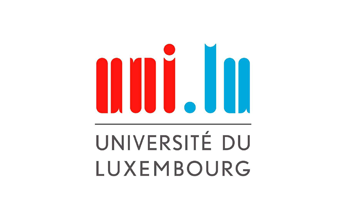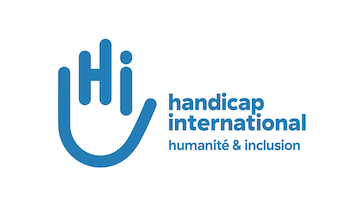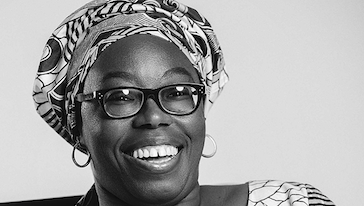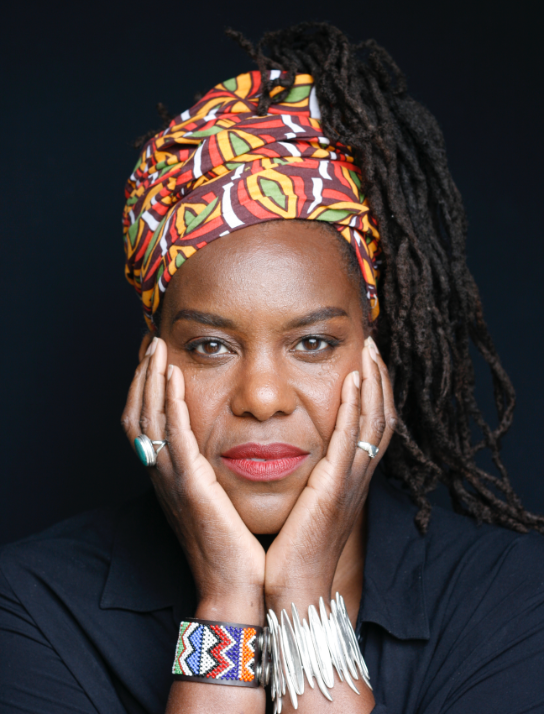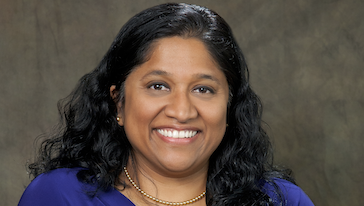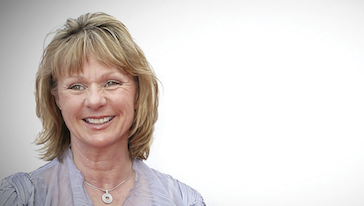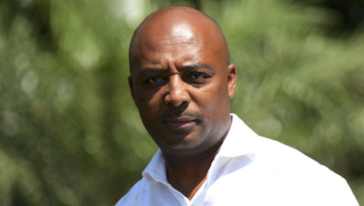An estimated 93-150 million children live with a disability. 40% of these children are out of school at the primary level and 55% at the secondary level. When they go to school, they are often educated in segregated schools, with poor quality of education.
There is a huge gender disparity. 50 percent of males completed to 41.7 percent of females complete primary education. Being a woman or a girl with a disability means double discrimination. Some girls with disabilities may not go to school because their parents fear bullying or sexual violence. Traditionally, in low and middle income countries, girls are assigned to domestic work or unpaid care (including girls with disabilities). Even though families may not send them to school because of the lower value placed on girls, they still use them for domestic work and for unpaid care. Also, some girls do not attend school due to inaccessible sanitation facilities.
Inclusive education is about an education system that includes all learners, welcomes and supports them to learn irrespective of their identities and abilities. It is a school where all children learn together, without discrimination. Inclusive education entails not only accessibility of the school, but also teachers’ preparation, adapted curricula, and participation of the learner to achieve his or her potentials.
Many people are skeptical about inclusive education. Some parents are afraid that children with disabilities are going to slow down the learning of other children. But this is not true: when children learn together, they actually learn better, because most of the strategies used in inclusive education classrooms are strategies that allow all children to learn better.
Furthermore, inclusive education fosters inclusive societies and equity. Children with disabilities have the right to education, as set in the Convention on the Rights of Persons with Disabilities and the Convention on the Rights of the Child. Sustainable Development Goal Number 4 sets the commitment to achieve inclusive and quality education.
Barriers and challenges to education exist at multiple levels: stigma and discrimination in families, communities and in schools; households living in poverty; lack of assistive devices; lack of teachers’ training and preparation; inaccessible transportation.
A crucial challenge is the lack of disability data: in many countries, the education information system does not disaggregate data by disability. Decision-makers lack statistics and information to plan for the inclusion of children with disabilities in school. This reflects in poorly inclusive polices and in inadequate funding for education.
In the recent COVID pandemic, children with disabilities were largely affected, as many of them did not have the opportunity to access remote learning like their peers without disabilities. In addition, services available through schools (social protection, nutrition, health, etc.) were put on hold during the pandemic, making it very difficult for a child with a disability to cope under these conditions.
There is huge need for a multi-sectoral approach to achieve inclusive education of children with disabilities. At the governmental level, this means ensuring that ministerial agencies collaborate and that frameworks are established for monitoring inclusive education of children with disabilities. Good solutions include teacher training, disaggregation of data by disability and gender, adequate policies, stigma reduction strategies, and making assistive available.
Questions and Answers to the Guest Speaker
How did you overcome your own challenges related to mobility?
At home, I was not discriminated and I had very supportive parents. I attended regular schools, which allows mixing with other children.
What can be done to change attitudes in terms of daily behaviors and interactions?
First of all we need to raise awareness at the community and at the household levels about disability. We also need to create more opportunities to interact with persons with disabilities.
How can development projects promote inclusion of persons with disabilities?
Development actors need to partner with organisations of persons with disabilities and organisations with expertise in this field.
How to address different factors of exclusion (disability, gender, etc.) simultaneously?
If we are able to collect data that is disaggregated by these factors, it would be easier to understand and tackle the vulnerabilities that come with these factors.
Why don’t you use the term “people with special needs”?
When we use that word special, it connotes that the rights of persons with disabilities is something out of ordinary. There is nothing special about the rights of persons with disabilities. In fact, disability rights are human rights.
How can we link inclusive education with the broader SDG agenda?
The Agenda 2030 is not a perfect document, but it marks a significant step in terms of inclusion, in comparison to the Millennium Development Goals. For example, inclusion comes in the picture demanding for accessible physical and virtual environments.
Panel discussion
In what ways is the organization you are representing taking actions for inclusive education?
Prof Léglu: At the University of Luxemburg we try to give all students the same opportunities and find ways to offer adjustments. In Luxembourg, special education is still very common, but we are starting training teachers to work with children with disabilities in inclusive classrooms.
Ms. McGeown: In the 27 countries where Humanity & Inclusion runs inclusive education projects, we have three main areas of activities: 1) awareness raising in communities, families, and schools to overcome stigma; 2) supporting education services, as well as services that impact on education, in particular health and social services; 3) accompanying governments to develop and implement inclusive policies and budgeting. At the core of our action is a multi-sectoral approach, well highlighted in the advocacy report that we launch today.
Mr. Lang: Education Cannot Wait is the first global fund for education in emergency. We have two main funding instruments: emergency response grants and multi-year resilience programs for protracted crises. We explicitly asked for these programs to be designed to reach the most marginalized groups, including children with disabilities (at least 10% of our beneficiaries).
What multi-sectoral actions need to be urgently prioritized?
Ms. McGeown: Seeing the SDGs as a blueprint and placing the child’s needs at the center are the pillars to implement a multi-sectoral response.
Mr. Lang: Conflict-affected children often lack previous schooling experience, or don’t have the mental or academic readiness for learning. Therefore, interventions on education need to be complemented with the provision of health, psychosocial services, nutrition, cash assistance and livelihood-related schemes. For this to happen, more funding is needed.
Prof. Léglu: We find transversal approaches across disciplines that aim to promote fundamental values and human rights.
What can be done to ensure a rights-based approach in inclusive education?
Mr Lang: Accessibility is key aspect to realise the Convention on the Rights of Persons with Disabilities. Accessibility to physical and virtual environments should be ensured by providing assistive technologies and devices to persons with disabilities, while upscaling universal design in all environments.
Prof. Léglu: Designing policies around the idea of inclusion needs to be accompanied by commitment to actually make it happen.
Ms. McGeown: Not every child learns the same way. Some children might need additional supports from people, from materials, from the style of teaching. There are different approaches that might be needed and reasonable accommodation that might be provided.
Dr. Aderemi-Ige: In relation to the financing needs, I want to point out that donors can play a big role in influencing governments to place more attention on inclusive education.
Questions and Answers
Can budgetary measures promote inclusive education?
Dr. Aderemi-Ige: Yes, to a good extent. Lack of funding is often used as a justification not to advance inclusive education. However, we also need to shift mind-set, in order for disabilityinclusion to become a priority.
Ms. McGeown: Donors can influence ministries, by coming together with large-scale commitments. This is what happened at the first ever Global Disability Summit, in 2018, where many commitments on inclusive education where made. Accountability against these commitments is essential.
Mr. Lang: at Education Cannot Wait we work with partners to set coordinated frameworks and we then align financing behind these multi-year frameworks. We work with flexible financing, thus allowing our partners with the expertise on the ground to be able to design and implement the programs.
Prof. Léglu: With the pandemic, we see how generous private funders were. In a small country like Luxembourg, it is relatively easy to coordinate with governmental branches.
What are the characteristics of an effective partnership for inclusive development?
Dr. Aderemi-Ige: An effective partnership is the one where each partner collaborates with the others, while providing its very own expertise.
